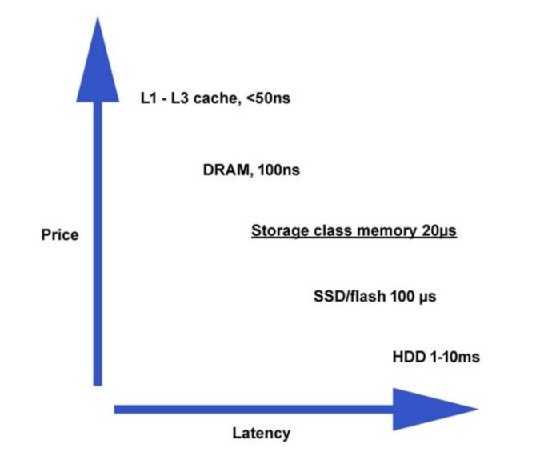
Petya Petrova - Fotolia
What is storage-class memory and what is it used for?
HPE has announced the availability of storage-class memory in its products and other array makers are expect to follow. So what does SCM do for analytics-centred workloads?
With HPE’s announcement last week that it will offer storage-class memory (SCM) in its 3PAR and Nimble arrays, we have entered a new phase in the architecture of storage and a potential step-change in storage performance.
It is a response to the rise of what analyst IDC calls “new-generation applications”, centred on analytics, artificial intelligence and machine learning and with a need for real-time or very near to real-time processing.
Until now, the most performance-hungry applications, such as transactional processing, have required the ability to hold the working dataset in cache and/or DRAM memory, which operate at latencies of nanoseconds.
But that is limited and, as dataset sizes have increased, it has been supplemented by flash storage with latencies that can get down to the low hundreds of microseconds (µs), although here we are on the wrong side of a divide that sees the I/O path translated to the SCSI protocol with a consequent processing overhead.
Doing away with SCSI, the sub-100µs barrier can be broken by NVMe flash, of which we have seen numerous products emerge in recent years.
But in levels of latency, SCM adds a new class of media with access times under 20µs or 10µs. Faster than flash, but more expensive. Slower than DRAM, but less costly.

Key products on the market are based on Intel’s Optane 3D XPoint (based on phase-change memory) and Samsung’s Z-SSD, which is a more “traditional” cell-based solid state technology.
The idea is that SCM fits between flash/NVMe flash and DRAM and provides a layer of persistent media (unlike volatile DRAM) large enough to hold the working datasets for anlaytics-centred operations.
The Intel product comes in 16GB or 32GB capacities and can be connected via DDR4 slots on the motherboard or PCIe slots. Samsung’s Z-SSD comes as 480GB or 960GB and is PCIe-connected.
IDC predicts that by 2020, 60-70% of Fortune 2000 companies will have real-time processing for applications they consider mission-critical.
Read more on storage performance
- Unstructured data exists in huge volumes, but often it is actually semi-structured with metadata. We lift the lid on unstructured data and key approaches to its storage.
- Virtual Instruments hopes artificial intelligence and machine learning functionality that helps IT staff to spot connections between application and storage performance could put an end to the “war room”.
So, we have already seen the first SCM products emerge, with HPE announcing it will be available for its 3PAR and Nimble arrays.
At the same time, it has emerged that Dell EMC plans to offer SCM in its PowerMax, SC and Unity lines.
NetApp has not revealed any plans for SCM in its products, other than it is likely to use it as cache in its arrays, although that may change soon.
IBM and Hitachi Vantara do not appear to have anything current on SCM in their web materials.











